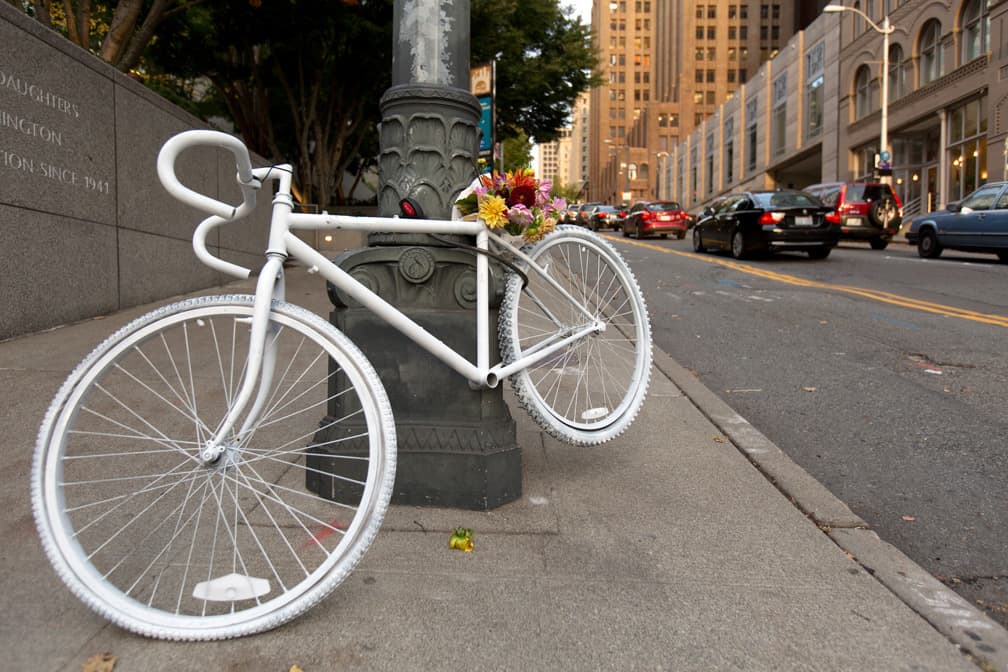I am continuing my series of blogs about the most common causes of car crashes. You will notice that I don’t refer to predictable, preventable drunk driving crashes as “car accidents.”
Crashes caused by drunk driving are not “accidents”: they are entirely preventable.
Drinking impairs your senses (vision and hearing) and results in decreased muscle coordination and slower reaction times — not a good combination for driving a car.
Here are the effects of differing degrees of intoxication, by Blood Alcohol Content (BAC).
BAC Level: .01 to .03 — Impairment is subtle. Most adults of average size and health will function normally. Special tests may show a slight decline in visual and multitasking functions.
BAC Level: .03 to .06 — A person begins to feel a calming sensation. The effects of alcohol at this level may include an increased sense of well-being, relaxation, talkativeness, and a decreased inhibition. Signs of impairment may appear as coordination and concentration decline.
BAC Level: .06 to .10 — When most people reach this level of intoxication, they begin to display obvious physical effects of alcohol. Reflexes, reasoning, depth perception, distance viewing, peripheral vision and glare now become serious impairments; the risk of car crashes goes up.
BAC Level: .11 to .20 — A high intoxication level in which most people appear to be drunk. Behavioral changes include over-expression, emotional swings (angry or sad), and rowdiness. Impairments include a much slower reaction time, loss of motor control, staggering and slurred speech. These definitely not the characteristics you want in a driver.
BAC Level: .20 & Up — A BAC this high results in an individual who begins to lose any and all judgment and motor function. There is severe motor impairment, potential loss of consciousness or loss of memory (blacking out), and — as BAC levels approach .30 and higher — death by alcohol poisoning becomes very possible.
Recommended Article: Can Truck Drivers Drink Off Duty
The best way to prevent drunk driving crashes
What this all means is that no one should ever drive a car after having a drink.
Even one drink — which would result in a low BAC level — has been proven to impair vision and can make for a more distracted driver. As BAC levels increase, drivers become more and more likely to cause a car crash.
Drunk drivers at the legal BAC limit of .08
are 11 times more likely to get in a car accident than a sober person.

All drunk driving crashes are preventable. I have represented a countless number of folks, who through no fault of their own, have suffered serious injuries or lost a loved ones in drunk driving crashes.
The good news is that with tougher laws, public transportation options, and the availability of ride-sharing services, drunk driving crashes have declined – somewhat. However, the number is still incredibly high.
10,497 people died in alcohol-impaired driving crashes in 2016. That’s 28% of all traffic-related deaths in the United States.
The best and simplest way to prevent drunk driving crashes is simply: don’t drive if you’ve been drinking.
Recommended Article: No Fault State Meaning



